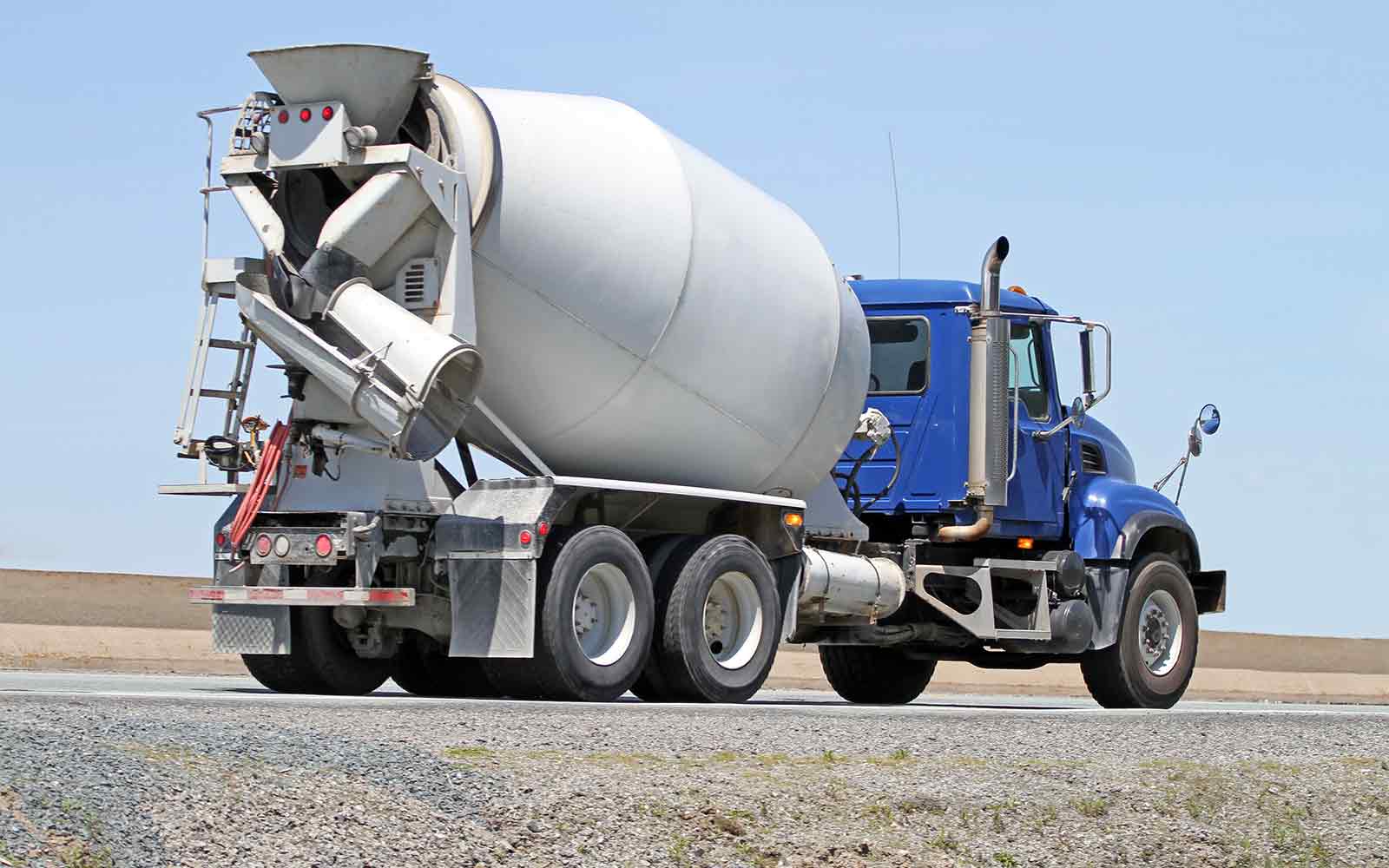Introduction:
In today's fast-paced business landscape, the need for effective work truck trailer dispatching has become crucial for companies in the logistics and transportation industry. Dispatching plays a pivotal role in ensuring efficient operations, timely deliveries, and customer satisfaction. With advancements in technology and the growing demand for streamlined processes, it is essential for businesses to adopt innovative dispatching techniques to stay competitive. This article explores the key aspects of work truck trailer dispatching and offers insights into how companies can optimize their dispatching operations for enhanced productivity and profitability.
Section 1: Understanding Work Truck Trailer Dispatching
1.1 Definition and Importance of Work Truck Trailer Dispatching:
Work truck trailer dispatching involves the coordination and management of the movement of trailers and associated vehicles to ensure timely delivery of goods. It encompasses various tasks such as assigning drivers, managing routes, monitoring vehicle status, and maintaining communication with drivers. Effective dispatching is crucial for minimizing delays, reducing operating costs, and maximizing resource utilization.
1.2 Key Challenges in Work Truck Trailer Dispatching:
Dispatching work truck trailers comes with its own set of challenges. Some common hurdles include unexpected delays, inefficient routing, poor communication, and lack of real-time visibility. These challenges can lead to increased costs, missed deadlines, dissatisfied customers, and strained relationships with drivers. Thus, it is essential for dispatchers to address these challenges through strategic planning and the adoption of advanced technologies.
Section 2: Optimizing Work Truck Trailer Dispatching
2.1 Leveraging Advanced Dispatching Software:
Modern dispatching software offers a range of features that can significantly enhance efficiency and accuracy in dispatching operations. These software solutions provide real-time visibility, automated route optimization, and streamlined communication channels. By utilizing Gasoline tanker truck safety features , dispatchers can effectively allocate resources, track vehicles, and manage schedules. Firefight truck foam capacity enables them to make informed decisions, respond promptly to unexpected events, and improve overall operational efficiency.

2.2 Implementing Route Optimization Strategies:
Routing plays a vital role in work truck trailer dispatching. Optimizing routes based on factors such as distance, traffic patterns, and delivery time windows can significantly reduce fuel costs, minimize delays, and increase customer satisfaction. By utilizing route optimization tools, dispatchers can identify the most efficient paths for drivers, ensuring timely deliveries while maximizing resource utilization.
2.3 Prioritizing Effective Communication:
Clear and timely communication is crucial in work truck trailer dispatching. Establishing effective communication channels between dispatchers and drivers enables real-time updates, efficient problem-solving, and improved coordination. Utilizing mobile communication devices, such as smartphones or tablets, allows drivers to receive instructions, share updates, and report any issues promptly. Additionally, integrating communication platforms with dispatching software can streamline communication and enhance overall efficiency.
2.4 Enhancing Real-time Visibility:
Having real-time visibility into the status and location of work truck trailers is essential for optimizing dispatching operations. Implementing telematics systems and GPS tracking devices can provide dispatchers with accurate, up-to-date information about vehicle location, speed, and other relevant data. This visibility allows dispatchers to proactively address any potential delays or issues, providing drivers with necessary information and instructions to maintain on-time deliveries.
Section 3: Benefits of Optimized Work Truck Trailer Dispatching
3.1 Improved Customer Satisfaction:
Efficient work truck trailer dispatching leads to improved customer satisfaction. Timely deliveries, accurate ETAs, and effective communication channels ensure that customers receive their goods as expected. Satisfied customers are more likely to become repeat customers and contribute to positive word-of-mouth, ultimately benefiting the company's reputation and bottom line.
3.2 Enhanced Resource Utilization:
By optimizing work truck trailer dispatching, businesses can maximize resource utilization. Efficient routing, real-time visibility, and effective communication enable dispatchers to allocate resources effectively, reducing empty miles and minimizing fuel consumption. This not only saves costs but also contributes to environmental sustainability by reducing carbon emissions.
3.3 Increased Operational Efficiency and Cost Savings:
Streamlined dispatching operations result in increased operational efficiency and cost savings. By utilizing advanced dispatching software and route optimization strategies, companies can minimize idle time, optimize vehicle utilization, and reduce fuel costs. Additionally, improved communication and real-time visibility help in proactively managing delays and disruptions, minimizing associated charges and penalties.
Conclusion:
In an increasingly competitive business environment, optimizing work truck trailer dispatching is vital for companies in the logistics and transportation industry. By leveraging advanced dispatching Boom truck hydraulic system , implementing route optimization strategies, prioritizing effective communication, and enhancing real-time visibility, businesses can streamline their operations, improve customer satisfaction, and achieve significant cost savings. Embracing these modern dispatching techniques allows companies to stay ahead of the competition, enhance their reputation, and drive long-term success in the industry.
